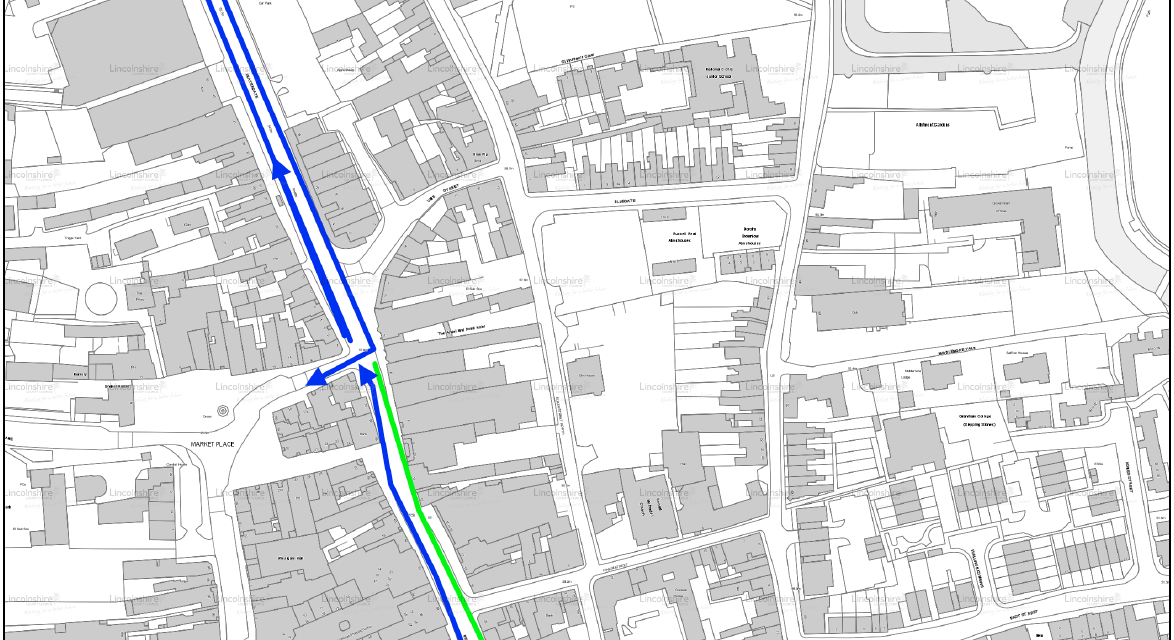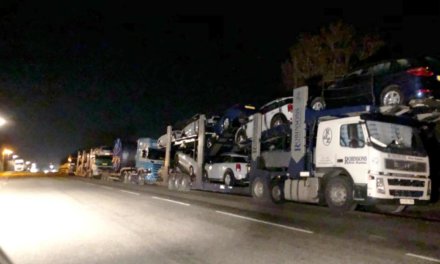The Department for Transport (DfT) awarded Lincolnshire £799,900 to be used to give people more opportunities to choose walking and cycling for their day-to-day journeys, to boost active travel and reduce traffic congestion.
The aims of these type of schemes, from government, are as follows:
Walking and cycling are good for our physical and mental health. Switching more journeys to active travel will improve health, quality of life and the environment, and local productivity, while at the same time reducing costs to the public purse. These are substantial ‘win-wins’ that benefit individual people and the community as a whole.
Some key messages when developing a healthy local transport strategy include:
physical inactivity directly contributes to 1 in 6 deaths in the UK and costs £7.4 billion a year to business and wider society
the growth in road transport has been a major factor in reducing levels of physical activity and increasing obesity
building walking or cycling into daily routines are the most effective ways to increase physical activity
short car trips (under 5 miles) are a prime area for switching to active travel and to public transport
health-promoting transport systems are pro-business and support economic prosperity. They enable optimal travel to work with less congestion, collisions, pollution, and they support a healthier workforce.
After inviting members of the public to submit their ideas, and hosting a virtual cycling summit with local stakeholders last year, the county council has developed eight prospective schemes.
The schemes consulted on were:
Boston east-west cycling corridor
Grantham active travel zone
Lincoln and North Hykeham, Newark Road cycle lane improvements
Louth active town centre
Mablethorpe High Street active travel corridor
Skegness Lumley Road active travel corridor
Spalding town centre active travel zone
Sturton by Stow low traffic neighbourhood
If they are supported by the public, each of the schemes will initially be installed temporarily for between a year and 18 months.
After this time a decision will be made after further engagement with local residents and organisations whether to maintain them.
Grantham Plans
- The scheme will start at the junction with Market Place, providing an ‘escape route’ for drivers who may have inadvertently taken a wrong turn.
- At Market Place junction buses and cycles will be able to proceed southbound but general traffic will not. This will go as far as St Peter’s Hill.
- Guildhall Street will be closed at the junction with High Street
- Heading northbound from St Peter’s Hill general traffic will be allowed.
- A right turn facility will need to be inserted at Finkin Street to allow access
- Traffic turning on to High Street from St Peter’s Hill will be able to turn right to head northbound.
- At St Peter’s Hill a lane will be removed from each side
- On the western side this will be protected from the Highway by parklets and other similar infrastructure to create a better pedestrian space. The second lane will be for both straight ahead and right turning traffic.
- On the eastern side the eastern most lane will remain as a bike/bus lane. The other lane will be for general traffic. A filter will be implemented a good distance before the signalised junction..
All measures will be enacted via an Experimental Traffic Order. This will provide a further period of engagement of 6 months to allow for adjustments to the scheme
Recent consultation with residents and businesses has drawn out the following ideas for Grantham, and the maps attached below show the extent of the scheme from north to south. The blue lines are ‘general traffic’, the green lines are ‘bus and bike’ traffic, the solid red line shows the Guildhall Street closure location, and the dotted red line shows the St Peter’s Hill lane removal.
The ideas received majority support, and many people I spoke to agreed that simply carrying on with a car focus would not benefit Grantham. The fact of the matter is that our town will continue to decline unless something radical is done. I remember how vibrant the town centre was when I walked along it on my way to school; nearly 30 years ago, the demise is palpable. I’m not suggesting we can go back to those times, habits have changed too much, but we can do something positive to revitalise how Grantham looks and feels.
As organisations like Historic England have pointed out we need to remove the volume of cars from the town centre and do more to make it an attractive place to shop, live and work. Locally Newark and Stamford have shown that towns can thrive without the car priority in the centre; why shouldn’t Grantham do the same?
We are now looking at further discussions with residents and community groupso before launching the trial in the near future. I would highlight the fact it is a trial and therefore changes can be made when issues and problems arise, e.g. delivery access etc.





I have been living in Grantham for only four years but I find the infrastructure here is absolutely ridiculous. Queues wherever you go. I have never come across such a traffic system. Its annoying and confusing. I live in the Alma park area and it took me 25 minutes last week to get from our area down to the town. The whole system should be addressed. Its a total mishmash. On top of that the parking issue. How does one expect people to shop with no adequate parking available. Every location that comes available another load of houses go up with no proper access for vehicles and are all squeezed in together. Instead of working on the infrastructure before any development occurs. Streets that emergency vehicle would have no hope to get up. In my own street which is a dead end has only one way in people park outside our front door and leave their vehicles only to walk out of the street elsewhere leaving no facility for carers and family support to park. People park on the street corner so when you need to turn there are cars are parked right on the intersection which is illegal and nothing is ever done about it. We need heavy vehicles going around, not through the town. Maybe a one way system around the town and make traffic flow one way in and one way out. The roads are full of pot holes and are dangerous. You say the new system will be brought in as a trial and we all know what will happen here. I could go on but these are issues the council should be addressing and getting the traffic flow RIGHT.